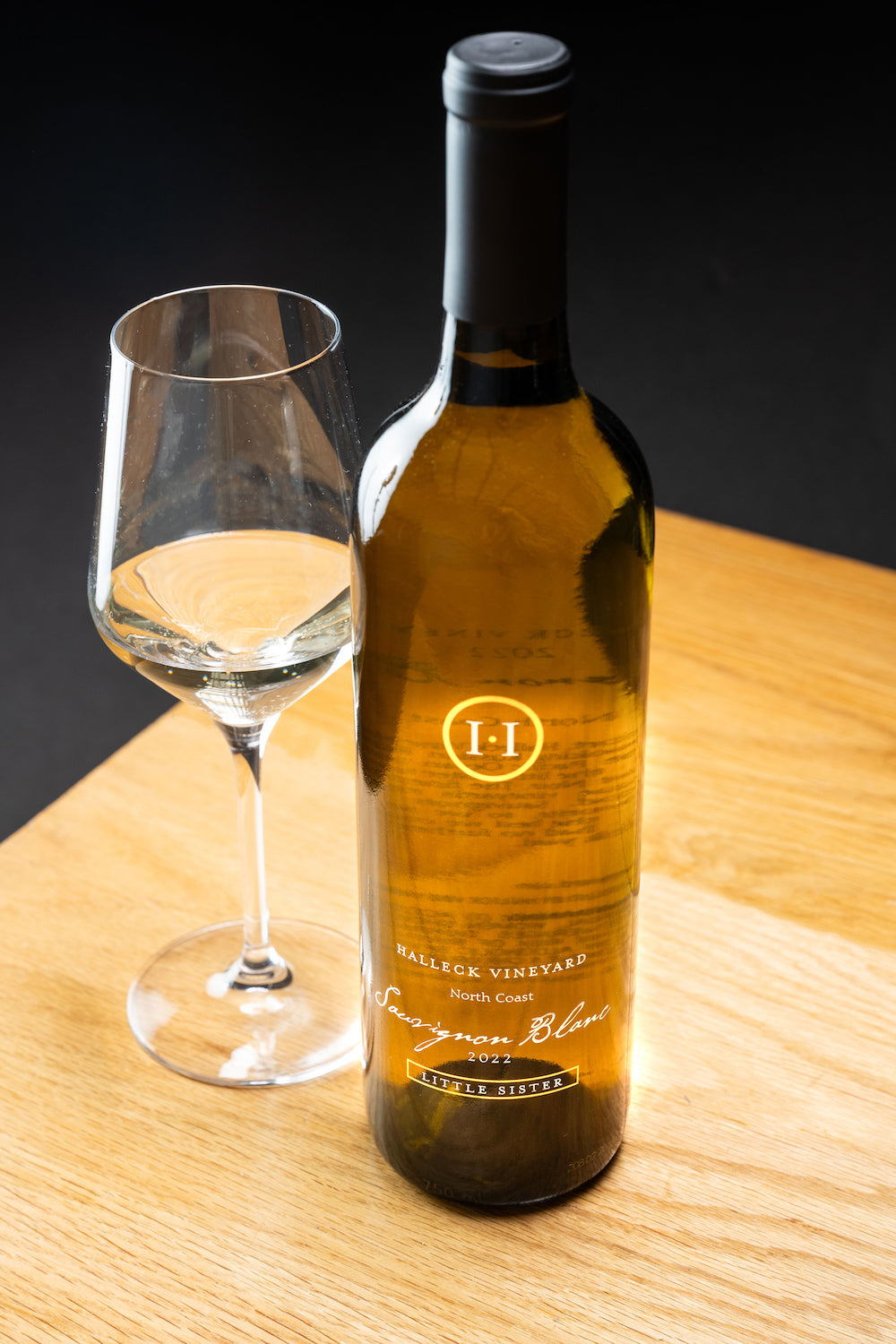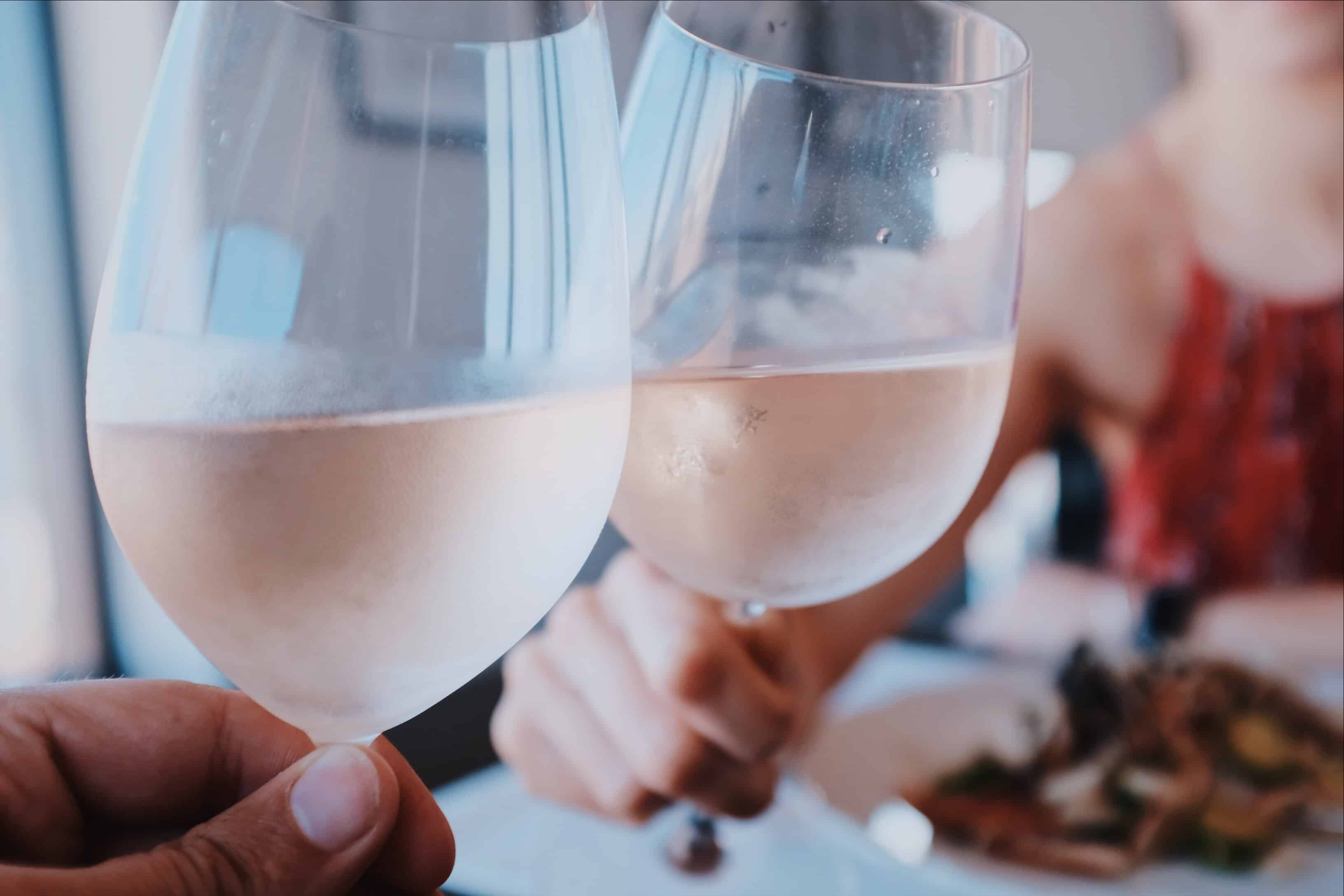Wineries Promoting Wine Club Memberships - Sonoma Wine Retreats
Wine tasting is an art that mixes sensory experience with an appreciation for the nuances of various varietals. How to gauge flavors in winery wine tasting periods is pivotal to grasping the complexities of wine.
Engaging in a wine tasting includes more than simply sipping and savoring. It requires a targeted strategy to establish aromas and flavors that every wine presents. As you start, observe the wine's look, noting its colour and clarity. These visual cues typically suggest a wine’s age, grape variety, and even potential flavor profiles.
The subsequent step within the tasting course of is to swirl the wine in your glass. This action releases fragrant compounds which are vital for evaluation. Lean in and take a second to inhale deeply; the aromas can range from floral and fruity to spicy and earthy. The nose of the wine is just as essential as the palate, and recognizing scents plays a big position in understanding the general experience.
When taking your first sip, enable the wine to maneuver across your palate - Innovative Wine-Making Techniques In Sonoma Valley. Notice the preliminary flavors that current themselves. Is the wine fruity, floral, or perhaps herbaceous? This preliminary style provides perception into what the wine is more probably to specific as you proceed to evaluate it. The mouthfeel also contributes to the general flavor experience; it can be silky, tannic, and even effervescent.
Wine Tasting Events In Sonoma County - Sonoma Wine Country Wineries To Explore
As you proceed tasting, pay consideration to the wine’s stability. A well-balanced wine will harmonize acidity, sweetness, and tannins. If one part overwhelms the others, it would point out a much less fascinating quality. Evaluating stability might help you identify how well the wine would possibly pair with food.
Transitioning to the end, consider how the flavors evolve because the wine lingers in your palate. A lengthy, nice end can point out a high-quality wine, whereas a short or abrupt finish may suggest otherwise. Mirror on whether or not the flavors stay consistent or if new notes emerge as the wine settles. This development can reveal complexities and intricacies that might not have been obvious in the initial tasting.
Temperature is also an important factor in evaluating wine flavors. Different types of wine are optimally enjoyed at specific temperatures. White wines typically shine when chilled, while pink wines generally perform finest at room temperature. When tasting, make certain the wine is on the acceptable temperature to completely appreciate its character.
Wineries Promoting Wine Club Memberships - Scenic Wineries Of Sebastopol
Pairing food with wine can greatly enhance the tasting experience. Foods can affect the perception of flavors in wine, either highlighting certain traits or diminishing them. When evaluating flavors, contemplate how the wine interacts with totally different meals, noticing which flavors are amplified or muted (Family Friendly Wineries With Outdoor Spaces).
Think About the affect of terroir as you have interaction in a winery tasting. Terroir encompasses the distinctive environmental components that have an effect on grape rising, including soil composition, local weather, and geography. Understanding a wine's terroir can provide perception into its flavors and aromas, fostering a deeper appreciation for the choices made throughout its cultivation and production.
Training performs a basic role in enhancing one's capability to judge wine flavors. Studying about grape varieties, wine regions, and production strategies can pave the best way for extra informed judgments during tastings. Moreover, attending workshops or classes can refine sensory skills and expand your flavor vocabulary, enabling you to articulate tasting notes more successfully.
Finally, it is essential to remember that evaluating wine flavors is a highly personal experience. Individual preferences and perceptions will invariably shape one’s tasting journey. Enjoyment ought to be at the forefront, with the evaluation process performing as a tool to boost understanding and appreciation rather than create rigid pointers.
Wineries Renowned For Cabernet Sauvignon In Sonoma - Local Wineries In Sebastopol
In conclusion, mastering the method to evaluate flavors in winery wine tasting periods entails a combination of sensory engagement, information, and practice. By studying to identify aromas, assess the steadiness, and respect the intricacies of flavor, wine enthusiasts can deepen their connection to every bottle they encounter. As with any art type, the more one immerses themselves in the experience, the more they'll uncover and enjoy the vast world of wine.
- Begin by observing the wine's colour and clarity, as these visible components can hint at its flavor profile and aging potential.
- Swirl the wine gently in your glass; this releases aromatic compounds, allowing you to raised identify the complex scents associated with the wine.
- Take a deep inhale before tasting, specializing in each major and secondary aromas to collect insights on fruits, spices, and other nuances.
- When tasting, allow the wine to coat your palate; note the preliminary flavors, the mid-palate complexity, and the finish as these stages can provide different flavor highlights.
- Pay consideration to texture and mouthfeel, as elements such as tannin levels, acidity, and sweetness contribute significantly to the general tasting experience.
- Evaluate flavors against normal wine traits; for red wines, consider berry notes, oak influence, and herbal tones, whereas whites might embrace citrus, stone fruits, and floral hints.
- Take notes through the tasting session to trace your impressions, helping you to recollect and consider the different wines sampled.
- Talk About your findings with fellow tasters or winery staff, as sharing insights can enhance understanding and appreciation of individual flavors.
- Allow time for the wine to breathe; sometimes, flavors evolve and reveal new dimensions after being uncovered to air.
- Experiment with food pairings through the tasting as they will dramatically alter how flavors are perceived, influencing general enjoyment.undefinedWhat ought to I look for when evaluating the aroma of wine during a tasting?
Start by swirling the wine in your glass to release its aromas. Convey the glass to your nostril and take a deep breath. Pay consideration to the first scents you detect, as these are often the most prominent. Look for fruit, floral, natural, or earthy notes and try to identify particular traits, which will deepen your understanding of the wine's complexity.
Vineyard Picnic Spots In Sonoma Valley - Tasting Fine Wines In Sonoma County

How useful link can I distinguish between completely different flavor profiles in wine?
Understand that flavor profiles are sometimes categorized as fruit, floral, herbaceous, spicy, or mineral. Take small sips and allow the wine to coat your palate. Notice the primary flavors that emerge first and the refined notes that comply with. This layering is essential in distinguishing the wine's traits and will assist you to recognize its unique profile.
Affordable Wine Tastings In Sonoma County - Top-Rated Wineries In Sebastopol
What is the significance of the wine's texture in a tasting?

The texture of the wine, also referred to as mouthfeel, plays an important function in how we perceive flavors. Pay consideration as to whether the wine feels smooth, creamy, or gritty. The body of the wine (light, medium, or full) can improve or contrast with flavors, offering a extra rounded experience during tasting.
How do I assess the balance of flavors in wine?
Stability in wine refers to the harmony between acidity, sweetness, tannin, and alcohol. Take a moment to assess whether these components complement or intervene with each other. A well-balanced wine will have none of its parts overpowering the others, creating a nice tasting experience.
Wineries With Artisan Chocolate Pairings In Sonoma - Craft Wineries In Sonoma
What position does temperature play in evaluating wine flavors?
Temperature can considerably impression the perception of flavors. Typically, red wines are best served barely below room temperature, while white wines benefit from being chilled. As the temperature modifications, the aromas and flavors can shift, allowing you to understand totally different traits. It’s essential to style wine at its optimal read the article temperature for true evaluation.
Wineries Specializing In Sparkling Wines - Sebastopol Wine Country Vineyards Adventure
How can I enhance my tasting skills over time?
Practice is key to enhancing your tasting skills. Wineries With Outdoor Seating. Attend tastings, keep a journal of your experiences, and explore different types of wines to broaden your palate. Additionally, studying about wine manufacturing and grape varieties can present context that enhances your analysis process, making you a more knowledgeable taster.
Is there a selected order during which I ought to taste the wines?
Vineyard Picnic Spots In Sonoma Valley - Wineries To Visit
Sure, it’s advisable to taste wines from light to full-bodied and dry to candy. This progression prevents the stronger flavors from overshadowing the extra delicate ones, permitting you to fully respect each wine's traits and nuances without palate fatigue.
How can I consider the aftertaste of wine?
Wineries That Welcome Walk Ins - Vineyard Tours In Sebastopol
The aftertaste, or end, is a crucial facet of the wine-tasting experience. After swallowing, pay consideration to how lengthy the flavors linger in your palate and whether or not they change. A long, nice finish is often an indicator of a high-quality wine, while a short or unpleasant finish could counsel otherwise.
Why is it important to notice the wine’s acidity during tasting?
Acidity contributes to the general freshness and structure of the wine. Pay attention to the tingling sensation on your tongue; higher acidity can enhance the wine's liveliness and balance out sweetness. Noting acidity helps decide the wine's versatility with food and its aging potential.
What ought to I do if I struggle to determine specific flavors in wine?
Wineries With Live Music Events Occasionally - Tasting Fine Wines In Sonoma County
Struggling to identify flavors is common, especially for beginners. Focus on broader classes and describe what you can recognize, corresponding to sweet or earthy notes. With practice, reading about completely different flavor profiles, and perhaps utilizing flavor wheels, you may refine your senses and develop a more nuanced method to tasting.